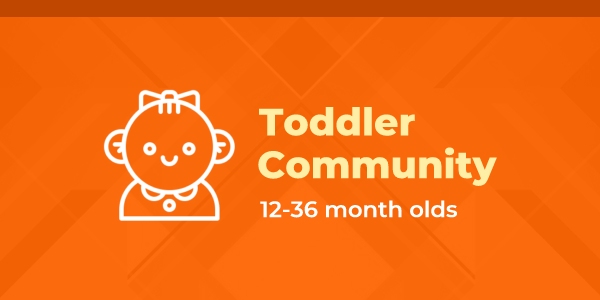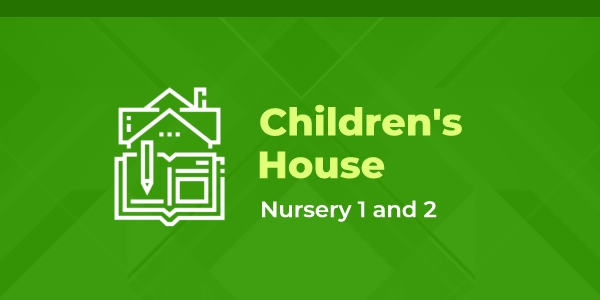Dr. Maria Montessori, who became Italy’s first female physician in 1896, was a pediatrician and visionary educator who revolutionized children’s education by creating a model that has stood the test of time for over one hundred years. It is known as the Montessori Method founded on research and observation.
Respect for the child is the foundation of the Montessori Method. A fundamental principle of Montessori is not talking about children in front of them and thus giving respect even to the youngest child was born. Does this sound familiar?
In a Montessori classroom, teachers assess students on a daily basis, using their observations of each child’s interactions in the environment and with peers. They develop an individualized learning plan for each child, based on his or her unique interests and abilities. The teachers provide environments where students have the freedom and the tools to pursue answers to their own questions and learn how to seek out new knowledge themselves.
How does this relate to adults, and specifically to adults with dementia?
As dementia progresses, the person may no longer be able to verbally express their interests or abilities, just as young children may not be able to do so. Therefore, environments need to be designed geared towards the needs, strengths and abilities of the person with dementia.
Montessori for Dementia is based on this Montessori Method of teaching. As with the approach to children’s education, it is also based on individual need. The individualized learning plan developed by teachers in the Montessori classroom, are no different than a person-centered individualized care plan developed for the adult person with dementia.
The approach encourages a person to function at their highest ability throughout the entire course of their lives. It provides an adaptive environment that supports the individual through the stages of memory loss as well as a sensory environment to facilitate interaction and maintain independence at the highest possible level.
This “prepared” environment as envisioned by Dr. Montessori, provides opportunities for freedom of movement, it is structured and orderly, has easy access to nature, is beautiful, and provides specialized materials that meet individual cognitive needs.[1]
Though the environment proposed in the Montessori for Dementia and Aging is not dissimilar to the environment we create for children, we must always remember that individuals with Alzheimer’s Disease and dementia are not children. They are adults who have lived a life full of experiences, have varied levels of knowledge and accomplishment, and have developed the wisdom that only comes through living life. Shouldn’t we therefore provide a safe, caring, nurturing environment for these elders, as we would for our children?
What would a memory care unit designed with Montessori for Dementia look like?
The environment would place carefully planned memory, visual, auditory, tactile and olfactory cures throughout with necessary cues required to capture the individual’s attention. Essential to the plan is that they would be designed to CAPTURE attention, especially since as the dementia progresses, the person declines in their ability to recognize or negotiate objects in the environment.
Therefore, needed signs, directions or activities walls should be painted or presented with bright or contrasting colors. We have seen the hallway “decorated” with sparse activities intended for sensory stimulation. But does anyone know they are there? Are they strategically placed, stand out or easy to find? Are they often used? Or rather, are they merely placed on a wall in an effort to show that the issue is being addressed. Oftentimes, they seem like little more than wall decoration. This does not embody that approach.
In addition, individuals would have the opportunity to participate in familiar routines that could provide meaning to their lives such as cleaning, washing or dusting. Ideally, there would be outdoor gardens that would encourage planting, weeding, or raking as needed. The materials needed to complete any of these tasks would be clearly visible in a safe fashion so they could be easily accessed as the individual need or desire arises.
Consistent with the Montessori philosophy, individuals would be encouraged to care for themselves as long as possible. This is the very essence of independence and goes a long way to promote self-respect and dignity. Individuals are also encouraged to help one another as long as they are safe and capable of doing so. The concept of helping others is known to promote meaningful relationships, increases a sense of purpose, and contributes to an individual’s sense of well-being and self-esteem.
There is strong evidence, based on an 18-month follow up study, that individuals who participate in the Montessori for Dementia and Aging approach, receive a significant reduction in antipsychotic and sedative medication.[2] Fewer feeding difficulties were also noted and individuals demonstrated improved ability to feed themselves independently for a longer period of time.[3] Communication interactions also improved
The principles that create Montessori learning are meant to be a blueprint for how the environment is structured, the information organized, and guidance for how the cues need to be prominently presented, taking into consideration the various levels of cognitive function one would see on a unit devoted to memory care. It is also meant to create a functional environment with easily accessible activities attached to a real world familiar to the person with dementia in which he/she would feel comfortable moving around.
With the right mind-set, a memory care unit designed according to Montessori for Dementia can be created even in a medically based nursing home environment. It’s meant to help fill in some of the abilities lost to the person with dementia, provides stimulus support as well as stimulating the ability to do more activities in an organized way.
________
Written by
J Am Med Dir Assoc, 2016; 17; 117-122
Phyllis Ayman, MS/SLP, CDP, CADDCT, CDCM, CMDCP, is an eldercare advisor/speaker/trainer, radio and TV host, and principal, PMA Speech Solutions LLP.
_________
Source
________
References
[1] Jennifer A Bush and Rev. Katie Norris, Getting Started with Montessori, Volume I, Practical Life Activities for Older Adults (Chardon, Ohio: Brush Development, 2017)
[2] Roberts G, Morley C, Walters W, Malta S, Doyle C. Caring for people with dementia in residential aged care: successes with a composite model featuring Montessori-based activities. Geriatr Nurs 2015; 36: 106-110
[3] Sheppard CL, McArthur C, Hitzig S. A systematic review of Montessori-based activities for persons with dementia.











